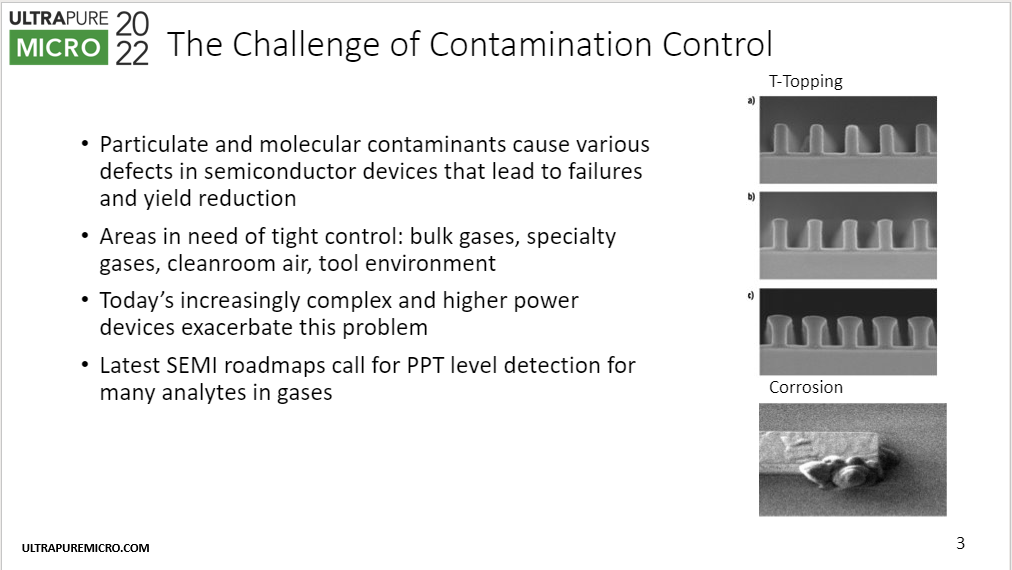Nanoparticles characterisation for semiconductor UPW production system monitoring using ICP-MS
Date Published 2021 | Conference materials
Log in or Join UltraFacility to access this content
To access our resources you will need to be a member of UltraFacility, log in to your account or purchase a membership to view this content.
Already have an account? Log in
This presentation was given as part of the Ultrapure Micro 2021 annual conference. It was given as part of the ultrapure water strand.
Organizations: Air Liquide
Authors: Fuhe Li, Tags: Metrology and Analytical TechnologyParticle Count and DetectionUPW SystemNanoparticles
Related content
Conference material | 2018
Semiconductors: Driving Innovation and Changing the World
Conference material | 2018
Development of an Online Urea Monitor for Ultrapure Water Production in Semiconductor Fabrication Plants

Conference material | 2022
Multi-Species PPT-Level Impurity Detection in Electronic Bulk Gases Using Atmospheric Pressure Ionization Mass Spectrometry
Conference material | 2015
THM – A Novel Sustainable Approach as a Global Solution for UPW Applications
Back to results